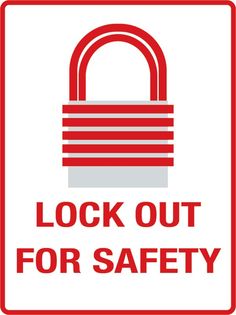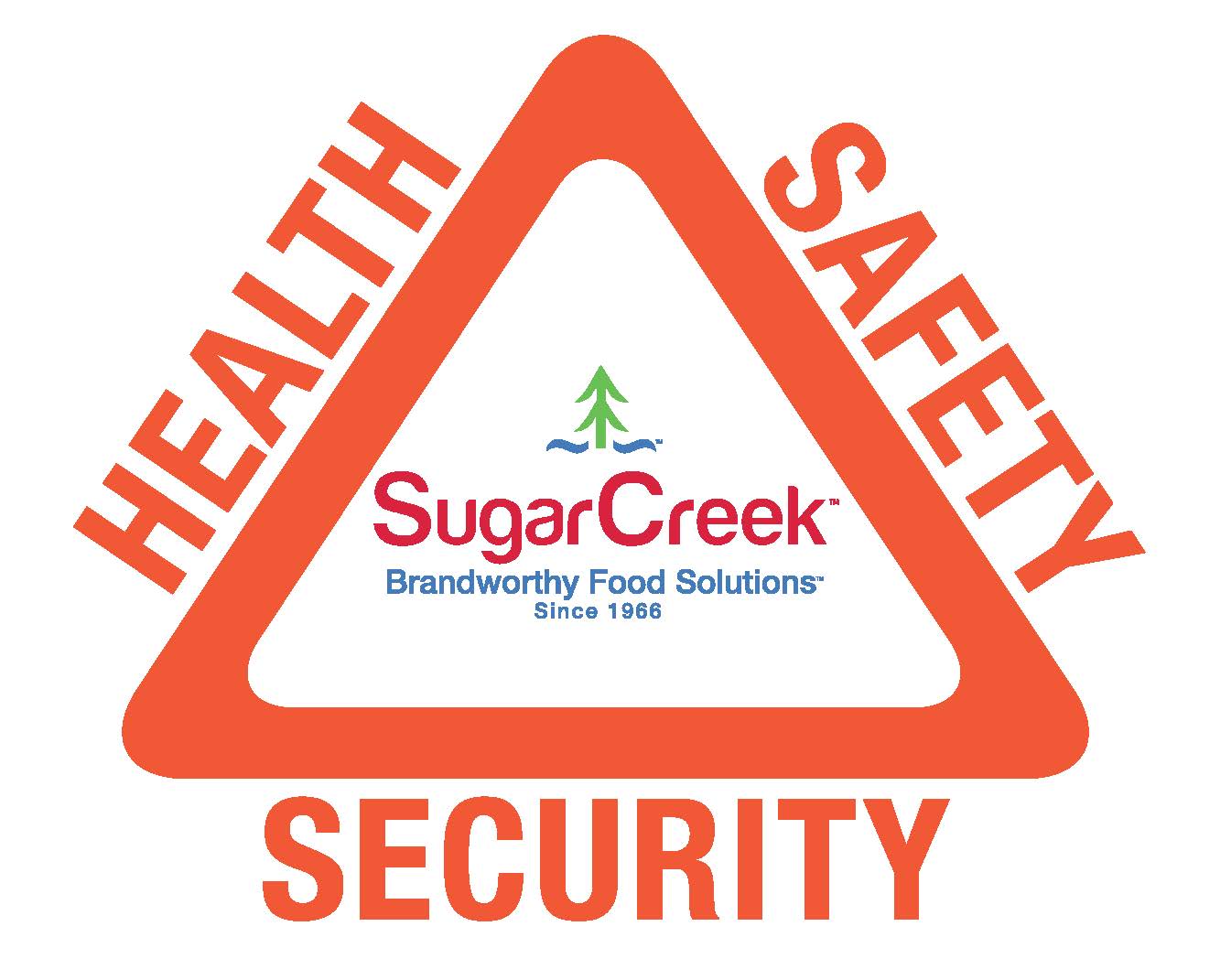Information
-
Site conducted
-
Lockout Procedure No.
-
Audit Title
-
Client / Site
-
Conducted on
-
Prepared by
-
Location
-
Personnel
LOCK-OUT PREPARATION
-
1. The employee has received lock-out training.<br><br><br>
-
2. The responsible employee was able to locate and review procedure.<br><br><br>
-
3. Does the lock-out involve multiple lock-outs and / or partial lock-out. (If yes, please verify correct form use in equipment isolation section)<br><br><br>
-
4. The employee was able to identify all energy sources for the piece of equipment.<br><br><br>
EQUIPMENT SHUTDOWN
-
1. The employee(s) was able to shut down the piece of equipment using normal stopping procedures (e.g., putting a switch in the “off” position or pressing a button). <br><br><br>
EQUIPMENT ISOLATION
-
1. Affected piece of equipment has been isolated from every energy source (e.g. valves closed, throw main disconnects, throw circuit breakers) <br><br><br>
-
2. Multiple or partial lock-out form was used as required.<br><br><br>
-
3. Appropriate locks, tags, and lockout devices were available and utilized acording to procedure.<br><br><br>
-
4. Lock-Out log book was filled out correctly and legible.<br><br><br>
-
5. Group lock-box key number was visible through window of lock-box.<br><br>
-
6. All potential residual hazardous energy was relieved, disconnected, or restrained (e.g., trapped pressure relieved, pipe flanges blanked, elevated equipment blocked or supported). <br><br>
VERIFYING ISOLATION
-
1. Affected employees working on and/or near equipment verified the lock-out.<br><br><br>
TRY TO START EQUIPMENT
-
1. Affected employee(s) tried to start equipment.<br><br><br>
-
2. Affected employee(s) communicated results of try step and equipment was relased for work.<br><br>
GENERAL
-
Additional Comments?<br><br>
Signatures
-
Auditor:
-
Supervisor:













